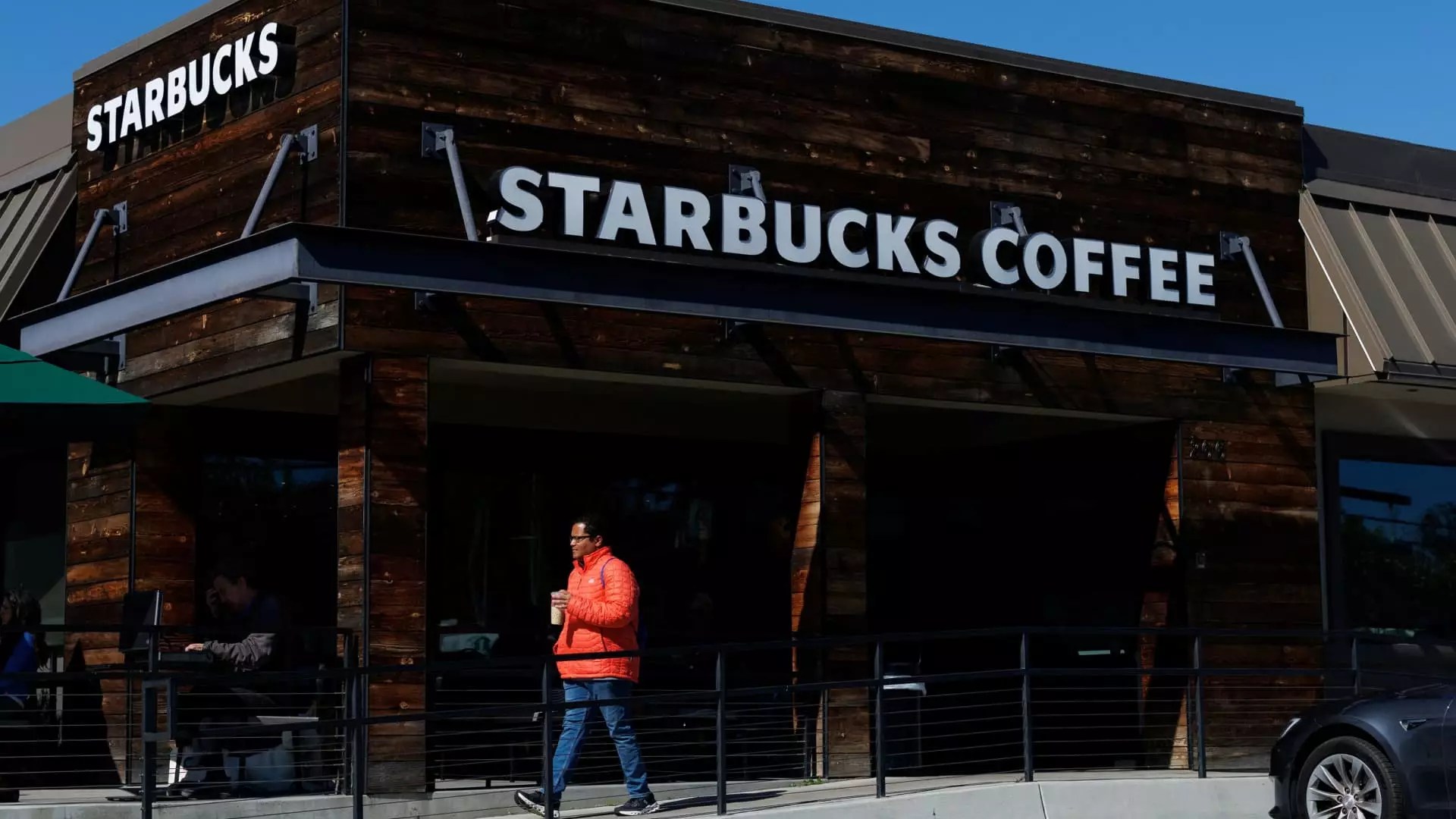In a shocking turn of events, U.S. President Donald Trump’s decision to impose high tariffs on imports has sparked a trend of panic among investors, particularly within the restaurant sector. While one might assume that this would predominantly affect industries directly reliant on these imports, the ripple effect on consumer behavior is what truly concerns market analysts. Tariffs generally mean higher prices for goods, and as inflation looms closer, consumers are likely to tighten their belts, directly impacting their dining choices. This isn’t just a trivial matter of convenience; it could signify a significant downturn that would linger far beyond the initial shock of policy changes.
Consumer Sentiment: The Hidden Influence
The economy, like a finely-tuned ecosystem, relies heavily on consumer confidence and spending. A little apprehension can send shockwaves throughout various sectors, particularly in discretionary spending industries like restaurants. UBS analyst Dennis Geiger rightly underscores that while the immediate cost implications of the tariffs on restaurants are manageable, the sky-high inflation rate looming over consumers’ wallets is a worrying prospect. If the average American feels financial pressure, dining out becomes a luxury they can no longer afford. As such, the potential for downturn becomes not just a statistic but a reality that could haunt casual dining establishments and fast-casual chains alike.
Starbucks: A Cautionary Tale
Take Starbucks, for example, with its stocks plummeting more than 20% since the announcement of tariffs. The decision to downgrade the coffee giant to a neutral position reflects a broader fear encompassing not only commodity prices but also the ability of consumers to maintain previous spending levels under financial distress. Analysts from Bank of America emphasize how the swing in consumer sentiment could stem from various factors—ranging from tariffs to the rising anti-American sentiment abroad. The geopolitical landscape under Trump’s leadership creates another layer of complexity, particularly in markets like China where Western brands are susceptible to boycotts.
Casual Dining: A Sector in Crisis
Casual dining chains are not immune to this crisis. The performance of Dine Brands—which oversees iconic establishments like Applebee’s and IHOP—saw nearly a 3% drop. In times of economic uncertainty, consumers often gravitate away from casual dining experiences that require a larger outlay, further exacerbating the struggles of this already faltering sector. With table-service establishments being the first to feel the heat, a troubling trend emerges: as middle-class consumers scale back, they either choose less expensive dining options or opt to stay home altogether.
Fast Food: A Double-Edged Sword
Fast-food chains, historically seen as safe havens during economic downturns, are now entangled in the same challenges. McDonald’s, Restaurant Brands International, and Yum Brands all faced declines, despite optimized strategies aimed at capturing the lower-income market. In a puzzling turn of events, low-income consumers have shown a reluctance to indulge in fast food when faced with rising costs. This paradigm shift reveals a broader economic malaise that threatens even those sectors initially perceived as recession-proof.
The Need for Innovation Amidst Challenge
In crisis often lies opportunity, and while the restaurant industry may currently be reeling, it must pivot quickly. Companies like Dutch Bros and Cava, which saw spikes in their stock prices despite adversities, highlight the importance of adaptability and innovation. Catering to a younger, socially aware demographic could point the way forward. These brands are effectively tapping into market expectations that demand fresh experiences and adaptability, contrasting with the more traditional models that are faltering under pressure.
The onus now lies on stakeholders—restaurants, investors, and consumers alike—to navigate this turbulent landscape with strategic thinking. The pathway ahead is fraught with uncertainty, but those willing to evolve may emerge stronger in the long term. The real test will be not just weathering the storm but finding a way to thrive as the market continues to change.


Leave a Reply